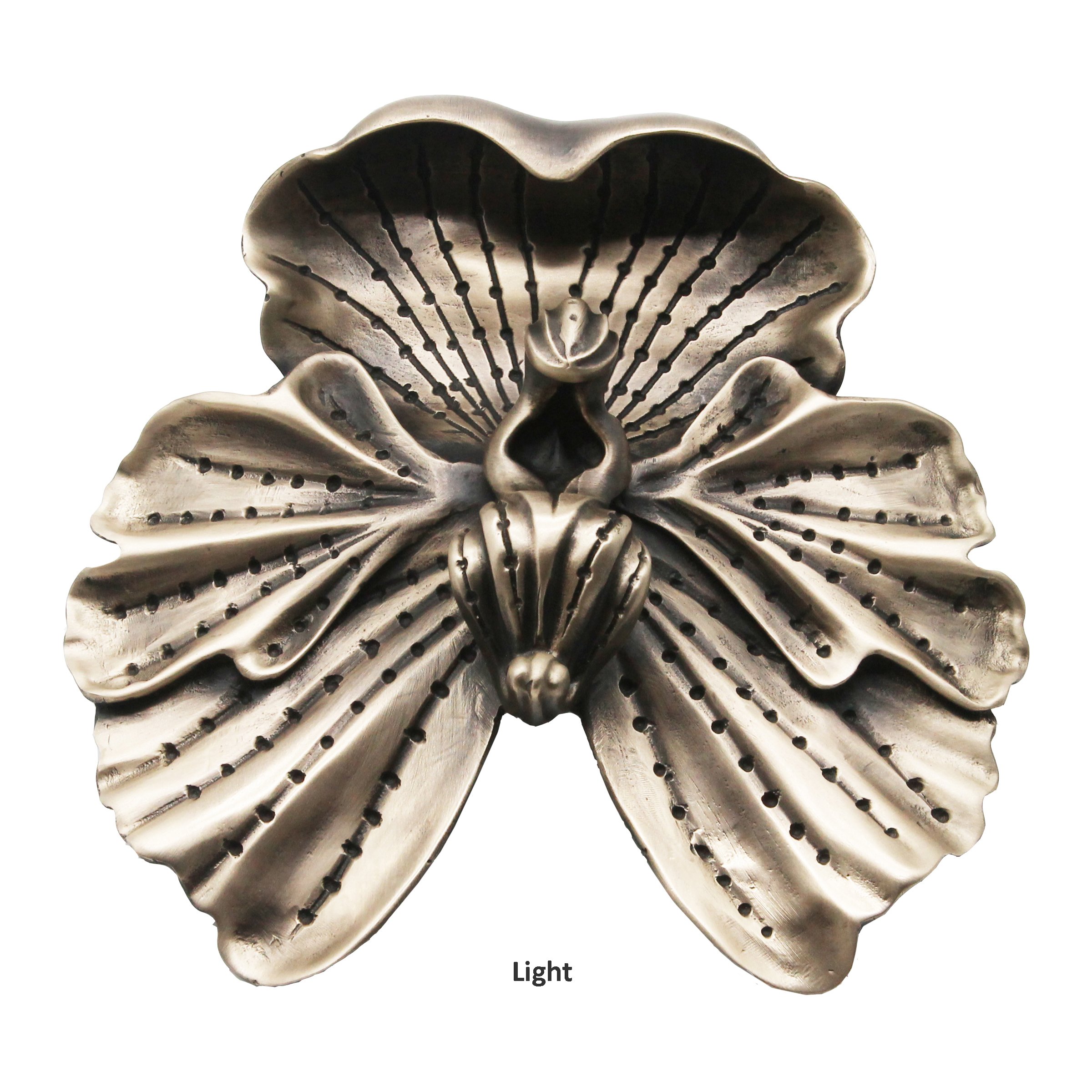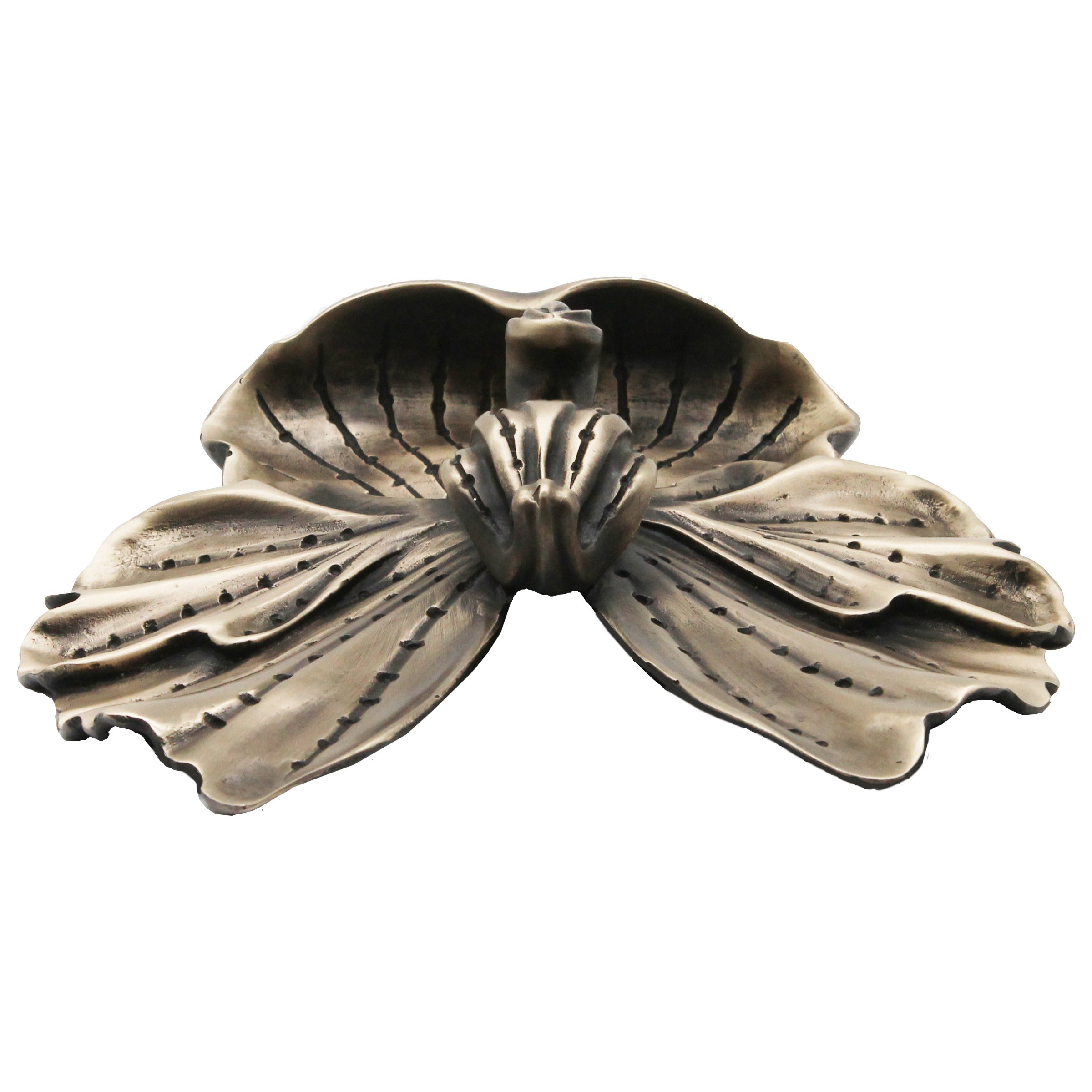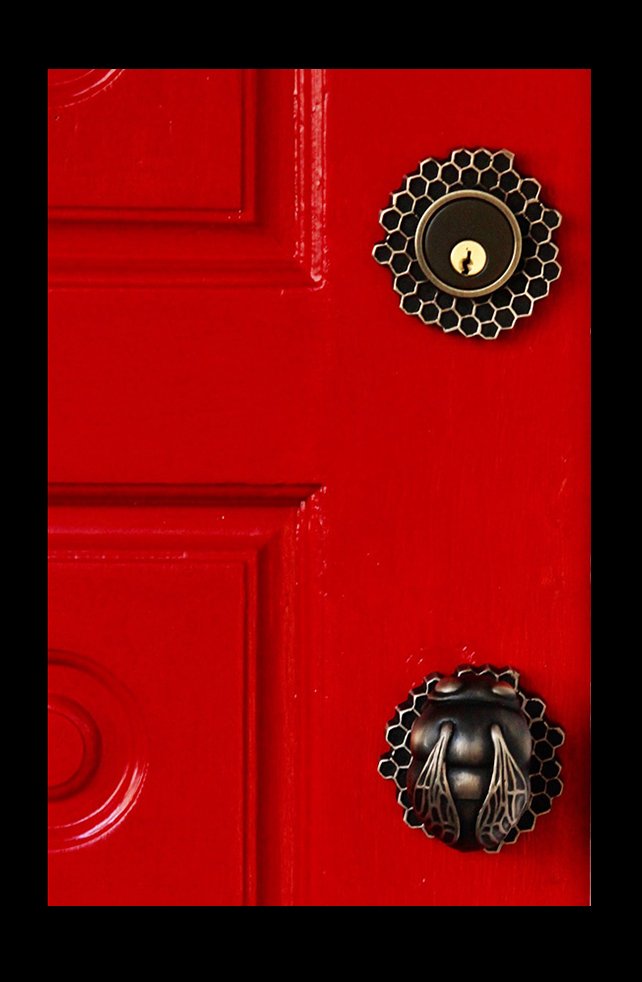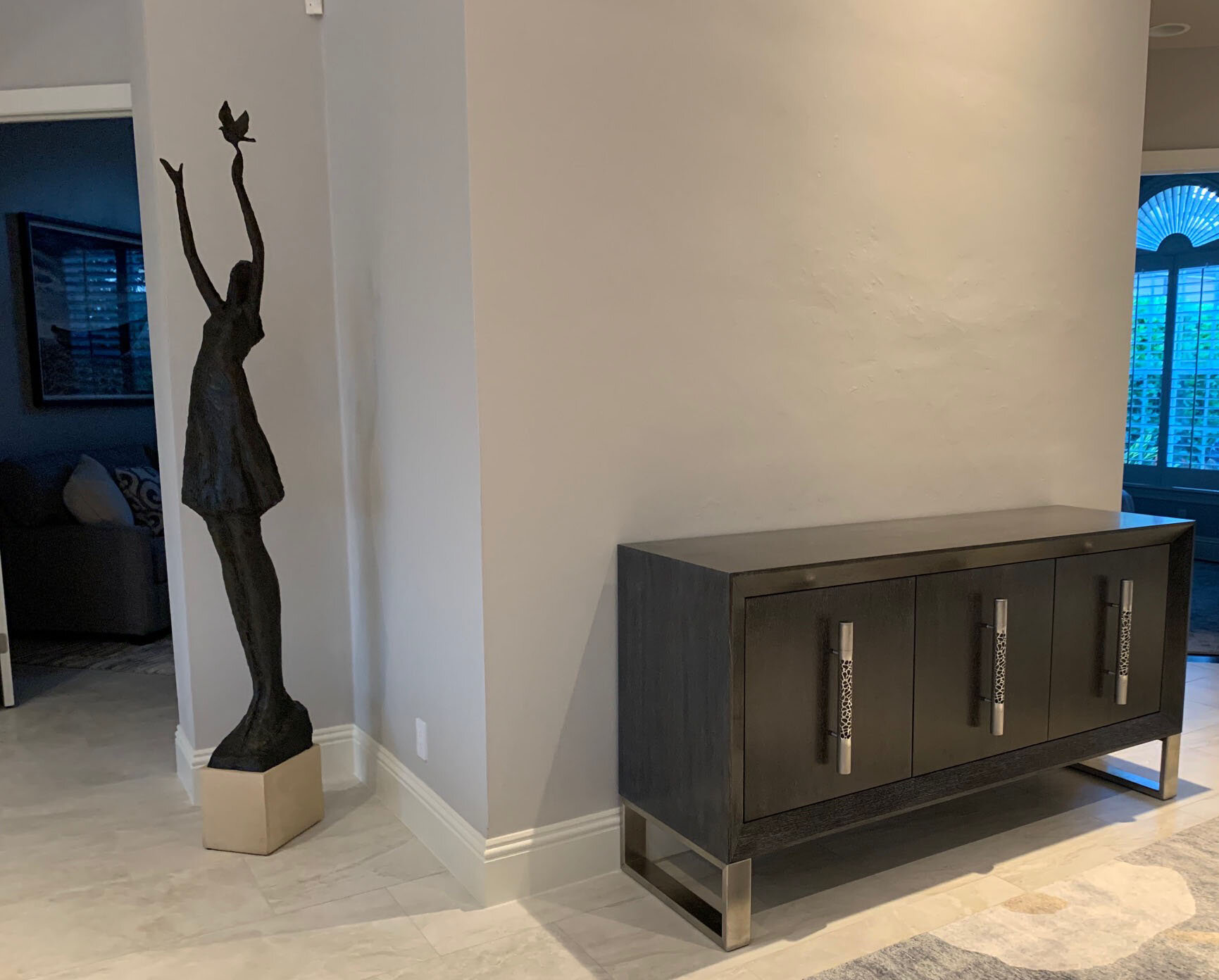When I think of fruit my mind conjures up images of persimmons, strawberries and other sweet delicacies that I am fond of but it does not bring to mind mushrooms. This January we discovered a rather humorous and very suggestive mushroom in our garden and I was intrigued to learn more. The internet journey was helpful and I learned that the mushroom in our garden is known as the stinkhorn which explains why our food obsessed dog gave it only a passing sniff.
The mushrooms in our collection of cabinet pulls like so many of our pieces are not a literal portrayal of any specific mushroom rather they are a synthesis of different mushroom types that we cook with and that we grew up with. The toadstool, portobello and shitake mushrooms shapes are the closest to the shape of our left and right mushroom pulls. So what is our small double capped button mushroom pull closest too?
I discovered that the button mushroom, cremini and portobello mushrooms are not different species but rather different stages of the same species, Agaricus bisporus. The button mushroom is the young immature form and is characteristically paler and milder in flavor. The cremini stage is somewhere in the middle with a more defined flavor and the portobello is the mature adult with a very full meaty flavor. As the mushroom develops its anatomical parts are more easily seen and are labelled here.
The mushroom is the visible fruit of a much larger fungus and the gills of the cap contain the spores which allow the fungus to continue reproducing. The mycelium is the vast root system of the fungus and it can cover acres and is critical to most plant life. I have labelled the mushroom parts in my greyscale photo of our left facing mushroom.



















































